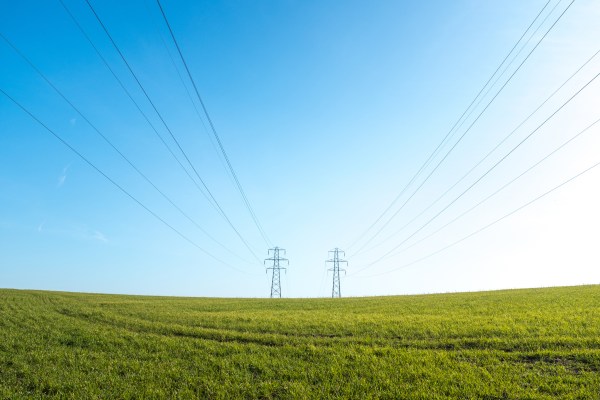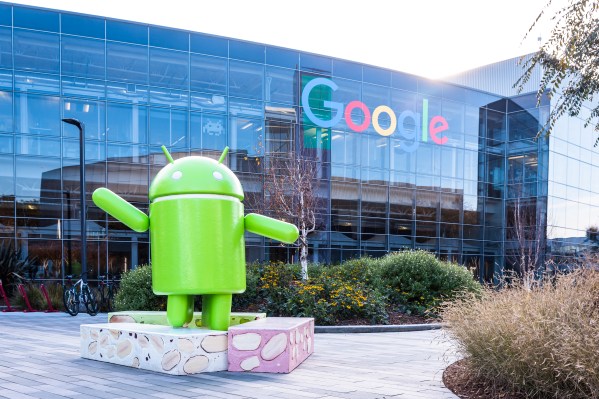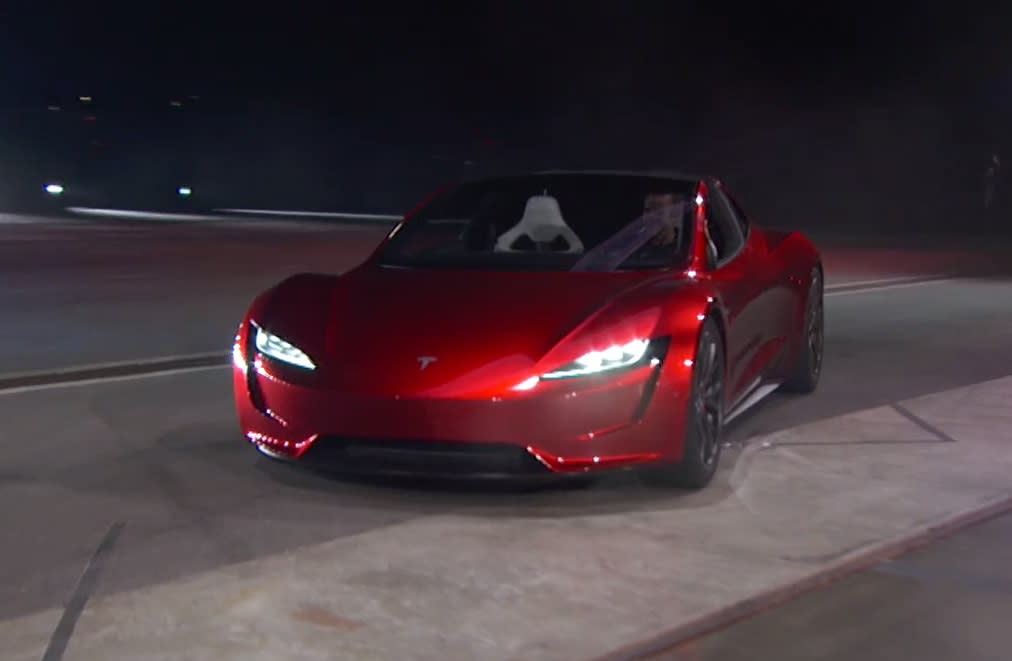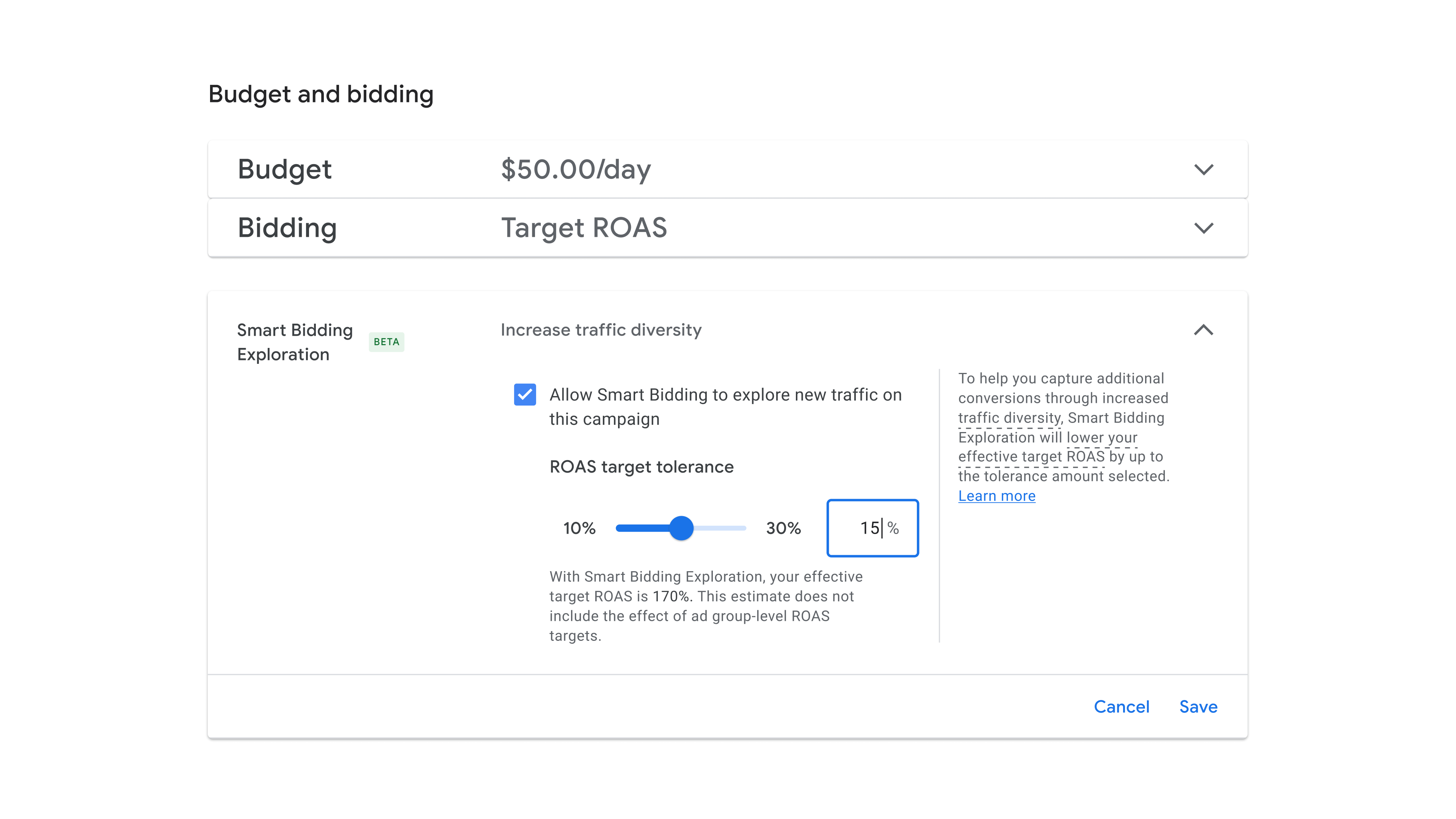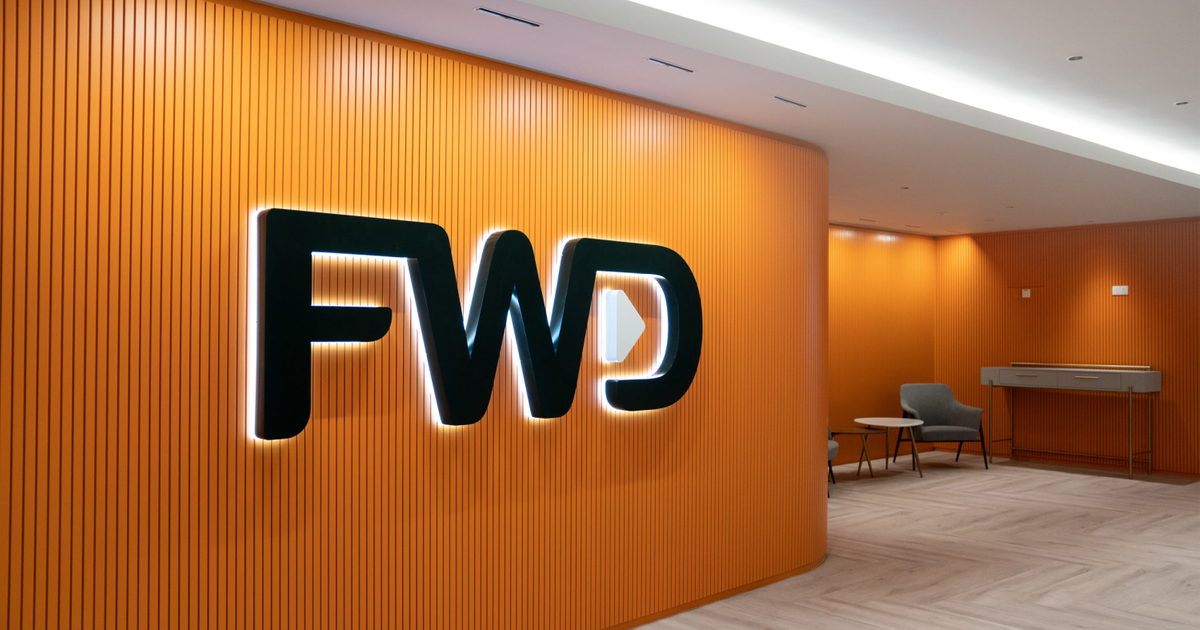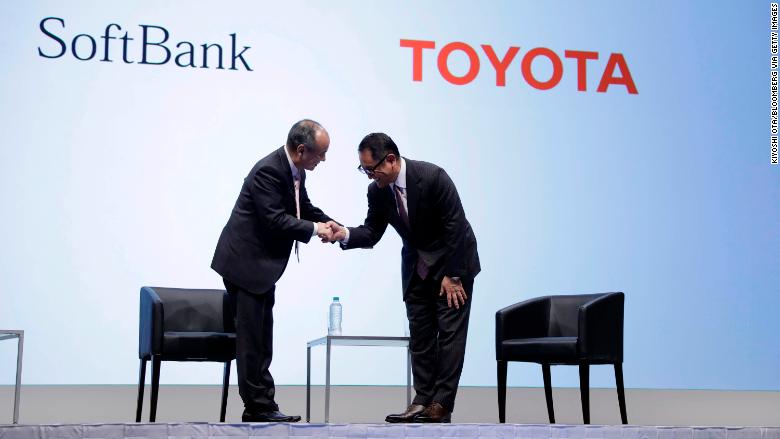Honda doubles down on hydrogen with new fuel cell-powered SUV
Image: HondaHonda announced a new hydrogen fuel cell-powered vehicle for the US market in a sign that the automaker has not given up on the most abundant element in the universe for its vehicle lineup. The 2025 Honda CR-V...
/cdn.vox-cdn.com/uploads/chorus_asset/file/25306677/18_2025_Honda_CR_V_eFCEV.jpg)
Honda announced a new hydrogen fuel cell-powered vehicle for the US market in a sign that the automaker has not given up on the most abundant element in the universe for its vehicle lineup.
The 2025 Honda CR-V e:FCEV may not roll off the tongue easily, but Honda insists it can find a fan base, especially as hybrid powertrains are proving to be more popular with US car buyers than pure battery-electric vehicles. The fuel cell electric vehicle will have an EPA-rated range of 270 miles, which includes 29 miles of all-electric driving range.
The CR-V e:FCEV is a compact crossover SUV that is co-developed with General Motors using fuel cell modules produced by the companies’ Fuel Cell System Manufacturing (FCSM) joint venture in Michigan. It will be available for leasing in California later this year, but pricing details were not immediately available.
The fuel cell modules put out an estimated 92.2kW of power, with 174 horsepower and 229 pound-feet of torque. The battery has an energy capacity of 17.7kWh and can be recharged through a normal wall outlet or a Level 2 charger. And the FCEV will have bidirectional charging capabilities, delivering a modest 1.5kW of power for small home appliances or camping equipment.
Size-wise, it’s a CR-V, so don’t expect vast swaths of space. The wheelbase is 106.3 inches, same as the 2024 gas-powered model, with an overall length of 187.6 inches.
The FCEV will come standard with HondaLink, the company’s connected app, which includes hydrogen fueling station information. Locating a refueling station will be one of the main challenges for anyone interested in owning Honda’s new SUV. There are only 55 hydrogen stations in California, according to Hydrogen Fuel Cell Partnership.
Hydrogen fuel cells use compressed hydrogen as their fuel, releasing water vapor as its only emission. A number of automakers have recently seized on the technology for its advantages in the development of heavy-duty vehicles and mobile power generators — and as a way to further transition away from polluting gas-powered vehicles and meeting their own climate goals.
FCSM was established in 2017 as a joint venture between GM and Honda. The two automakers have also collaborated on battery electric vehicles, including the Honda Prologue, Acura ZDX, and Cruise Origin.
Hydrogen has found little success in the passenger car market. Honda was one of the only companies to sell a hydrogen-powered car — the Clarity — before it was discontinued in 2017. The problem stems from the near-total absence of a refueling infrastructure. Automakers are now pivoting to work trucks and construction equipment, theorizing that it will be easier to build hydrogen fueling stations for vehicles that operate in confined areas.
Hydrogen’s energy content by volume is low, which makes storing hydrogen a challenge because it requires high pressures, low temperatures, or chemical processes to be stored compactly. Overcoming this challenge is important for light-duty vehicles because they often have limited size and weight capacity for fuel storage.
The Biden administration recently proposed new tax guidelines aimed at making it cheaper to produce hydrogen as a less-polluting alternative to fossil fuels. The problem, though, is that most hydrogen is made with the help of fossil fuels, mostly through a process called steam methane reforming that produces carbon dioxide emissions. Methane is an even more powerful greenhouse gas than CO2 and routinely escapes along the supply chain, from production to final use.
The Honda CR-V e:FCEV will only come in one trim, the Touring model, with a 10.2-inch gauge cluster, nine-inch central touchscreen, wireless Apple CarPlay and Android Auto, wireless phone charging, a 12-speaker Bose audio system, and a number of other standard features. There are four driving modes: Normal, Eco, Sport, and Snow.

 UsenB
UsenB 







